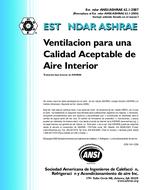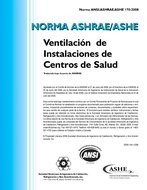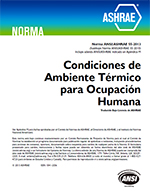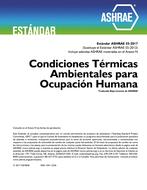Description
Smoke migration as a result of fire in a building is potential hazard to life, particularly for occupants in a tall building where evacuation is difficult. Computer studies of smoke movement (1,2,3) have indicated that, with a fire in a lower story and with outside temperatures lower than inside, smoke can, by the mechanism of stack action, quickly fill the elevator and stairwell shafts and upper stories. Computer and field studies (4) were conducted on the application of top and bottom venting to vertical shafts such as elevators, stairwells and service shafts to prevent this occurrence.
This paper deals with the performance of “smoke shafts” that are sometimes proposed as a means of reducing both the level of smoke concentration on the fire-floor and smoke transfer to other stories. The smoke shaft as defined in this paper is a vertical shaft of noncombustible construction extending from the bottom to the top of the building with openings at the top to outside and with openings in the walls of the shaft at each story. These openings are assumed to be sealed with dampers. In the event of fire, only the dampers on the fire-floor and the top outside damper are opened to exhaust smoke from the fire-floor to outside. The movement of air and smoke through the shaft depends solely on stack action. The “smoke tower” is a special application of the smoke shaft for the purpose of maintaining interior stairwells smoke-free and is required by some building codes. (5)
Citation: ASHRAE Transactions, Volume 76, Part 2, Kansas City, MO
Product Details
- Published:
- 1970
- Number of Pages:
- 8
- File Size:
- 1 file , 590 KB
- Product Code(s):
- D-KA-2163




